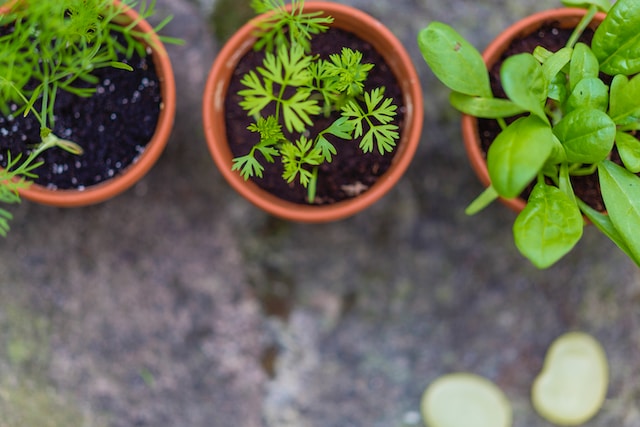All About Urban Microgreenhouses
Imagine a compact green oasis thriving amidst the concrete and steel in an urban setting. Enter urban microgreenhouses. Greenhouses, typically associated with large farm fields, are now shrunk to fit small urban spaces, be it a balcony, rooftop, or a tiny backyard pie slice.
Urban farming, an evolutionary trend in sustainability and food security, features microgreenhouses prominently. Urban microgreenhouses are mini-greenhouses where you can grow small plants, primarily microgreens and herbs. This agro-innovation is championing a shift towards food self-sufficiency, helping urbanites garden easily within tight spaces, and promoting eco-friendly living.
Why are they popular? The reasons are plentiful. They are more manageable and less time-consuming than a full-blown garden. Urban microgreenhouses are perfect all year round, ensuring a steady supply of fresh greens. Importantly, they serve as oxygen factories amidst urban pollution, fostering better air quality indoors and outdoors.
How to Start an Urban MicroGreenhouse
Setting up your urban microgreenhouse can be exciting. Start by choosing the location. High sun-exposure spots are best, but keep accessibility in mind too. Balcony, window sill, or rooftop can all be ideal.
Your plant types should depend on your preferences and household needs. Quick-growing, less-demanding microgreens, herbs, and lettuce could be great beginners choices.
Next, acquire necessary equipment. Seed trays, grow lights, and organic soil are commonly needed. Sustainable designs may feature rainwater harvesting or added insulation for energy efficiency.
Lastly, understand how to handle climate controls for optimal plant health. Indoor thermometers and soil moisture sensors are useful tools.
Useful Resources for Small and Mid-Sized Microgreenhouse Farmers
For successful urban farming, having handy resources can make a significant difference. Farming apps that alert for watering/fertilizing schedules, point to organic pest control, and offer crop-rotation tips can be invaluable.
Online gardening forums are a treasure trove of good advice. Join a local gardening club for trading tips and seeds, and hands-on workshops. Consider SOS calls to your local extension service, if needed. This guide provides key resources and strategies designed for small to mid-sized urban farmers.
Advanced Techniques and Troubleshooting Your Urban MicroGreenhouse
Like any gardening ventures, microgreenhouses may face issues. Proper plant spacing to prevent overcrowding, maintaining proper hygiene to deter pests or disease, and ensuring adequate but not excessive watering are some common troubleshooting strategies.
Advanced techniques can enhance yield and provide more nutritious foods. Crop rotation and companion planting are efficient ways to improve soil and pest management. The use of organic fertilizers, composting techniques, and homemade insecticides can keep your microgreens healthy and organic.
Finally, enjoy the fruits, or rather, the greens of your labor. Let your urban microgreenhouse become a sanctuary, a laboratory, a kitchen, or a conversation starter at your next dinner party! Happy urban farming!

